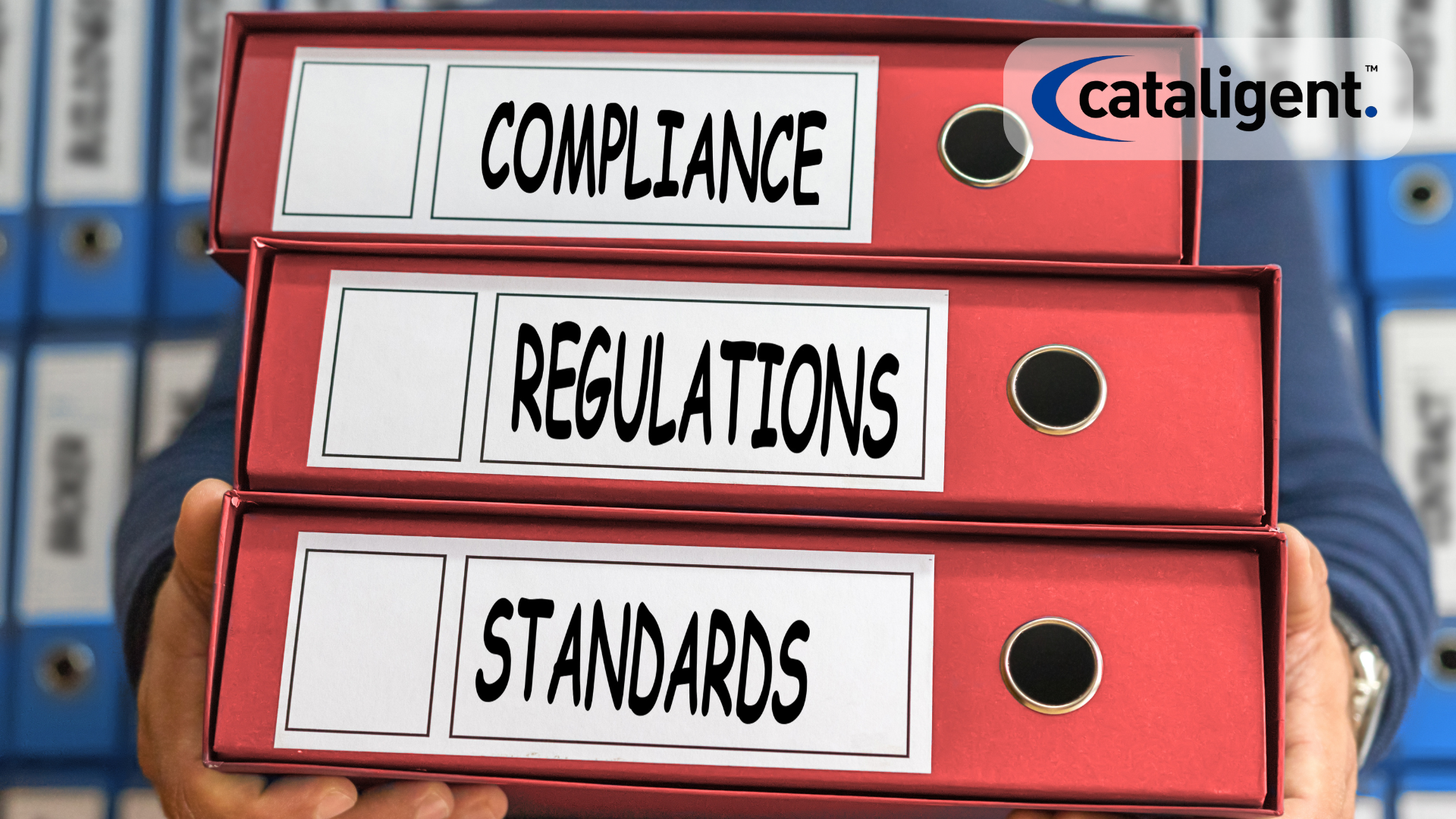In today’s global business environment, ensuring consistent compliance policies across an organization is critical for maintaining legal integrity, reducing operational risk, and fostering a culture of accountability. As organizations grow and diversify their operations across regions, departments, and functions, the challenge of maintaining unified regulatory compliance standards becomes increasingly complex. Standardizing corporate compliance policies not only simplifies risk management but also promotes efficiency, transparency, and regulatory readiness.
Why Standardizing Compliance Policies Matters
Standardized compliance policies create a common framework that governs employee behavior, business practices, and regulatory obligations across all levels of an organization. This is especially vital for multinational corporations and highly regulated industries like financial services, healthcare, pharmaceuticals, and technology, where discrepancies in policy interpretation or application can lead to noncompliance, regulatory penalties, and reputational damage.
By aligning compliance initiatives organization-wide, businesses can:
- Avoid duplicate efforts and reduce inconsistencies.
- Enhance regulatory compliance monitoring.
- Support internal controls and audit preparedness.
- Improve employee awareness and training.
- Streamline communication between departments and legal teams.
Key Benefits of Unified Compliance Policies
- Improved Risk Mitigation
- Unified policies ensure that risk management protocols are applied uniformly across the enterprise.
- This reduces exposure to compliance violations, legal risks, and operational inefficiencies.
- Stronger Corporate Governance
- A consistent framework supports effective oversight by leadership and compliance officers.
- Enables seamless policy enforcement and regulatory reporting.
- Enhanced Employee Compliance Training
- Standardized materials make it easier to train global workforces.
- Increases understanding of key topics like data privacy laws, ethical conduct, and fraud prevention.
- Streamlined Audits and Inspections
- Documentation and procedures are consistent, making audits more efficient.
- Supports adherence to frameworks such as ISO 37301, SOX, HIPAA, and GDPR.
- Stronger Culture of Compliance
- Promotes ethical behavior and accountability at all organizational levels.
- Reinforces the importance of regulatory awareness and corporate responsibility.
Steps to Standardize Compliance Policies
- Conduct a Compliance Gap Assessment
- Evaluate current policies, identify inconsistencies, and analyze local versus global requirements.
- Define Core Compliance Standards
- Establish universal policies around anti-bribery, data protection, whistleblower policies, and more.
- Develop a Centralized Compliance Framework
- Create a policy repository accessible across departments.
- Leverage compliance management software for policy updates, tracking, and version control.
- Engage Cross-Functional Stakeholders
- Involve HR, IT, Legal, and Operations in the development and implementation process.
- Customize for Regional Requirements Without Losing Consistency
- Maintain core policy principles while allowing for localization based on jurisdictional needs.
- Implement Ongoing Training and Awareness Campaigns
- Use interactive modules and scenario-based learning to reinforce understanding.
- Track completion and comprehension through compliance learning management systems (LMS).
- Monitor, Audit, and Update Policies
- Conduct regular reviews to adapt to changing regulations.
- Use regulatory change management tools to stay current.
Leveraging Technology to Support Standardization
- GRC Platforms: Tools like NAVEX, LogicGate, and SAI360 help manage policy lifecycles and maintain version consistency.
- Compliance Automation Tools: Integrate with enterprise systems to detect anomalies and streamline reporting.
- LMS Platforms: Deliver consistent compliance training across geographic and functional boundaries.
Challenges and How to Overcome Them
- Resistance to Change: Communicate the importance of compliance and align initiatives with business objectives.
- Regional Legal Variability: Work closely with regional compliance experts to tailor standards while preserving core policies.
- Lack of Policy Visibility: Ensure all employees have access to up-to-date policies through intranets and digital repositories.
Conclusion
To thrive in a regulatory-heavy environment, organizations must take a proactive approach to standardizing compliance policies. By creating a unified framework that spans functions and geographies, businesses can reduce risk, promote accountability, and prepare for the increasing complexity of regulatory compliance requirements. When supported by modern technology, clear communication, and ongoing training, a standardized compliance policy infrastructure becomes a strategic asset in building trust, protecting reputation, and driving long-term success.

